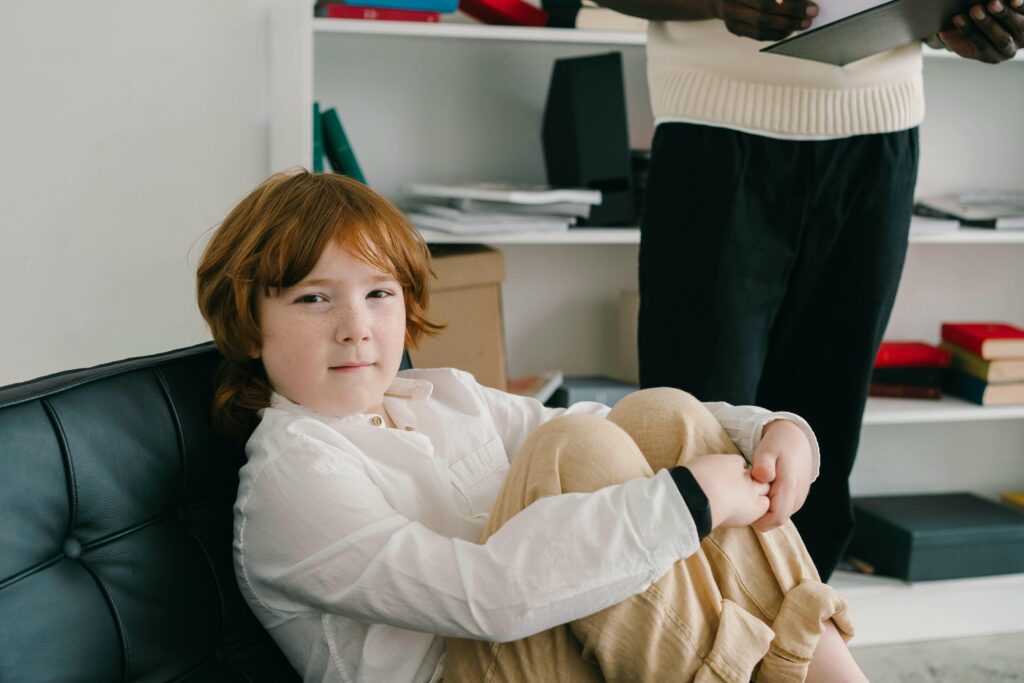
This parent-friendly guide explains how ABA therapy helps children with autism thrive by building essential skills like communication, behavior regulation, and social interaction. It covers the basics of how ABA works, what parents can expect, and how to find the right provider. Practical tips and success stories illustrate how early, personalized intervention can lead to long-term progress and independence.
When a child is diagnosed with autism spectrum disorder (ASD), parents are often flooded with questions—and emotions. One of the most important decisions you’ll face is choosing the right type of therapy. Applied Behavior Analysis (ABA) is widely recognized as one of the most effective, evidence-based treatments for children with autism. But what exactly is ABA, and how can it help your child thrive?
This guide is here to provide answers, clarity, and hope.
ABA (Applied Behavior Analysis) is a therapy based on the science of learning and behavior. It focuses on understanding how behavior works and how it is affected by the environment. ABA uses structured techniques to teach and reinforce positive behaviors while reducing those that may be harmful or disruptive.
But ABA isn’t a one-size-fits-all approach. It’s highly personalized—tailored to each child’s strengths, challenges, and goals.
Children with autism often struggle with language and social communication. ABA helps by breaking down complex skills—like asking for help or making eye contact—into manageable steps. Therapists use positive reinforcement to encourage progress, helping children express themselves more effectively.
Whether it’s sharing a toy, taking turns, or understanding facial expressions, ABA teaches crucial social skills. Through structured play and interaction, children learn how to connect with others in meaningful ways.
ABA helps identify the root causes of challenging behaviors and replaces them with appropriate alternatives. For example, a child who hits when frustrated might be taught to use words or visual cues to express their needs instead.
From brushing teeth to getting dressed, ABA promotes independence by teaching daily routines in a consistent, step-by-step manner. These life skills are essential for long-term growth and self-sufficiency.
ABA can take many forms, depending on the child’s age, developmental level, and specific goals. Here’s what a typical session may include:
Discrete Trial Training (DTT): Breaking skills into small parts and using repetition.
Natural Environment Teaching (NET): Teaching in real-life settings (e.g., during play or mealtime).
Pivotal Response Training (PRT): Focusing on key behaviors that impact many areas of development.
Parent Training and Involvement: Guiding caregivers to reinforce skills at home.
ABA can be delivered at home, in a clinic, or in school, with sessions ranging from a few hours per week to full-day programs.
Early intervention is ideal. The earlier a child begins ABA therapy, the better the outcomes tend to be. However, ABA is beneficial at any age and can be adjusted as your child grows and changes.
Not all ABA providers are the same. Here’s what to look for:
Board Certified Behavior Analysts (BCBAs) on staff
Individualized treatment plans
Data-driven progress tracking
Family involvement and training
A warm, supportive environment that values your child
Ask questions. Visit the facility. Trust your instincts.
As a parent, you are your child’s most important advocate. Understanding the power of ABA therapy can help you make informed, confident decisions that shape your child’s future.
ABA is not about changing who your child is—it’s about helping them reach their full potential, on their own terms.
Through compassion, consistency, and evidence-based strategies, ABA therapy can be a bridge to a brighter, more connected future for your child—and your entire family.